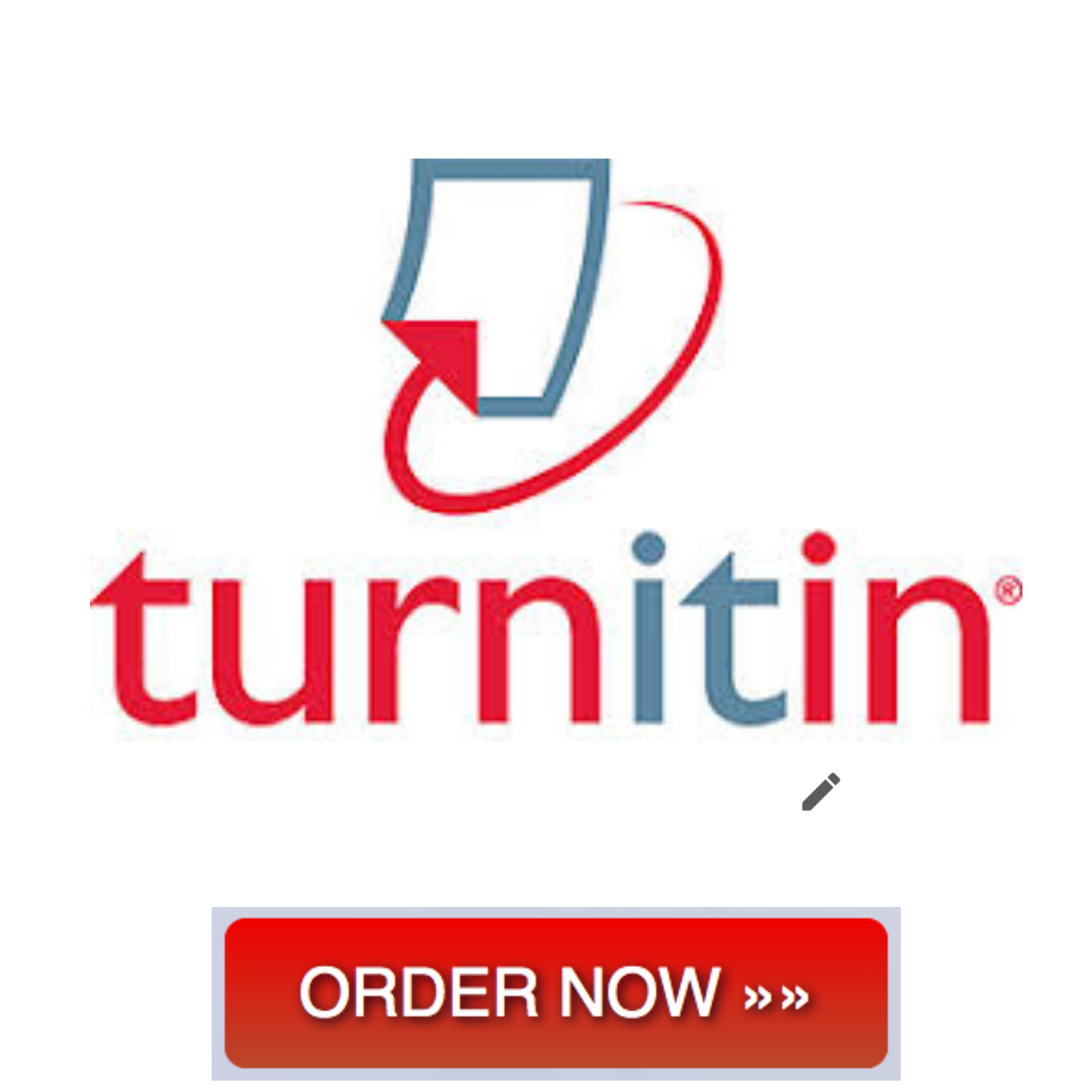1. Drugs could directly affect synaptic transmission by altering:
(a) graded potential amplitude (b) neurotransmitter binding (c) temporal summation (d) all of the above
2. A study described in class showed that “larks” and “owls” could be distinguished on the basis of their:
(a) DNA (b) SCN oscillations in cultured cells (c) free-running circadian activity cycle length in cultured cells (d) skin conductance in cultured cells
3. In eight hours of sleep we would expect most people to cycle from REM to slow wave sleep approximately every?
(a) hour (b) two hours (c) hour and a half (d) two and a half hours
4. The Selective Serotonin Reuptake Inhibitor (SSRI) drugs:
(a) are antagonists at the serotonin receptor (b) inhibit serotonin reuptake into the presynaptic cell (c) decrease the level of serotonin available to bind to the postsynaptic receptor (d) all of the above
5. Peterson and Peterson (1959) showed that:
(a) maintenance rehearsal is necessary for LTM formation (b) STM capacity is 7 + 2 items (c) memory for a paragraph is better if the reader has a conceptual framework (d) preventing rehearsal produces rapid forgetting 6. The primacy effect is believed to reflect recall of information from:
(a) intermediate memory (b) the phonological loop (c) STM (d) LTM
7. Vivid dreams are most likely to coincide with:
(a) slow eye movements (b) synchronous EEG (c) increase in muscle tone (d) none of the above
8. The patient H.M. had:
(a) a medial temporal lobectomy (b) anterograde amnesia (c) intact skill learning (d) all the above
9. The form of rehearsal that is most likely to allow transfer of information into LTM is known as:
(a) maintenance rehearsal (b) semantic rehearsal (c) elaborative rehearsal (d) deep rehearsal
10. Integration of information within a neuron depends on:
(a) temporal summation (b) graded potentials (c) spatial summation (d) all of the above 11. Godden and Baddeley’s (1975) “diving” data would most likely be used to show that there are:
(a) context-dependent influences on memory (b) primacy effects on memory performance (c) semantic networks that underlie short-term memory (d) recency effects in short-term memory
12. Ebbinghaus used nonsense syllables to test memory because he thought that:
(a) subjects would be able to rehearse the items well (b) interference would be reduced (c) it would make the task harder (d) a word like gof could have been recoded as “being like golf”
13. The psychological experience of brightness is most closely related to the physical dimension of:
(a) wavelength (b) reflectance (c) intensity (d) amplitude
14. As you move down the ventral visual stream:
(a) the information that is processed changes from pattern vision to spatial vision (b) neurons respond to more complex stimulus features (c) the number of cones decrease and the number of rods increase (d) neurons respond more and more to lines of different orientation
15. The choroid is responsible for:
(a) supplying blood to the different regions of the eye (b) focusing the image on the retina (c) transducing the electromagnetic energy into a neural signal (d) the process of accommodation
16. The main visual pathway travels from:
(a) eyes -> parietal lobe -> V1 (b) eyes -> V1 -> LGN (c) eyes -> LGN -> primary visual cortex (d) cortex -> subcortex -> primary visual cortex 17. The Hermann Grid illusion illustrates:
(a) the principle or retinal saturation (b) the dual process theory of vision (c) the principle of lateral inhibition (d) the difference between nativism and empiricism
18. If I sustain an injury which severs the fibers from my right eye I will most likely suffer from:
(a) bitemporal hemianopia (b) left homonymous hemianopia (c) monocular blindness (d) blindsight
19. Damage to the parietal lobe may cause
(a) acalculia and contralateral neglect (b) errors of perseveration and acalculia (c) contralateral neglect and associative agnosia (d) loss of word fluency and loss of design fluency
20. When looking at a scene I can describe each object in the scene yet I fail to see the scene as a whole. I most likely suffer from:
(a) apperceptive agnosia (b) dorsal simultagnosia (c) associative agnosia (d) blindsight
21. A patient with blindsight:
(a) is unable to see a visual stimulus but is able to localize a visual stimulus (b) is unable to localize a visual stimulus but can see a visual stimulus (c) can neither see nor localize visual stimuli (d) can see a visual stimulus if it is stationary but not if it is moving
22. Impairments in design fluency, olfaction, and social behavior is associated mostly with damage to:
(a) temporal lobe (b) parietal lobe (c) occipital lobe (d) none of the above 23. The receptors on the retina are primarily sensitive to:
(a) electrochemical energy (b) electromagnetic energy (c) mechanical energy (d) thermal energy
24. Which is the correct order for signals entering the ear?
(a) basilar membrane, ossicles, oval window, tympanic membrane (b) basilar membrane, oval window, ossicles, hair cells (c) tympanic membrane, oval window, ossicles, basilar membrane (d) tympanic membrane, ossicles, oval window, hair cells
25. Which of the following is the best example of the form of learning called “habituation”?
(a) You see something that you’ve never seen before, and immediately orient toward it. (b) You are involved in a well-rehearsed task, such as washing the dishes, and you go through the same steps automatically. (c) After watching a lot of violent television, the violence bothers you less and less. (d) After working near a stove and accidentally touching a hot burner, you now make a point of being very careful around stoves.
26. The book and movie A Clockwork Orange portrays an experimental treatment of a chronically violent individual. He is strapped to a chair, given medication that induces vomiting, and forced to watch violent film footage while listening to Beethoven. As a result, he becomes ill whenever he is faced with physical violence or hears Beethoven. Beethoven is the ______________ while his illness in response to the medication is the ______________.
(a) Conditioned Stimulus . . . Conditioned Response (b) Unconditioned stimulus . . . Conditioned Response (c) Unconditioned Stimulus . . . Unconditioned Response (d) Conditioned Stimulus . . . Unconditioned Response 27. George failed to pay his Visa bill, and as a result he received frequent phone calls from a debt collection agency. George came to associate the sound of the ringing telephone with a feeling of dread. After he paid his Visa bill, the threatening telephone calls ceased, and George stopped reacting with dread to the sound of the ringing telephone. What does this best exemplify?
(a) extinction (b) second-order conditioning (c) reconditioning (d) discrimination
28. A victim of sexual harassment at work is highly uncomfortable when male office mates tell “dirty jokes,” yet laughs at a dirty joke told by her husband. Her different responses to seemingly similar situations exemplify ____________.
(a) selective extinction (b) stimulus discrimination (c) adaptive generalization (d) spontaneous recovery
29. Of the options presented, what is the most effective way to form a second-order conditioned response?
(a) Reverse the order of the conditioned stimulus and unconditioned presentation sequence. (b) Extinguish the conditioned response to the original conditioned stimulus, then condition a new conditioned stimulus to the original unconditioned stimulus. (c) Pair a new conditioned stimulus with the original conditioned stimulus. (d) Habituate responses to both the first and second conditioned stimuli, then pair the two as a compound conditioned stimulus.
30. Which of the following is an example of operant conditioning?
(a) Garrison speaks louder than usual when he talks to his mother on the phone since she is hard of hearing. (b) Violet starts at the sound of most buzzers because they sound exactly like her alarm clock that goes off at 5am each day. (c) Milo cancels his credit card to avoid paying the annual fee but plans to reinstate it in the new year. (d) Robyn is elected president of her class, and vows to “make good” on all of her campaign promises. 31. Which of the following is an example of negative reinforcement?
(a) Permission to drive the car on Saturday afternoon is withdrawn because a teenager received a D grade in algebra. (b) As a result of good behaviour, a prisoner is parolled. (c) A child has to sit in a chair for 15 minutes because she called her mother a “dumb dodo”. (d) A child disrupts classroom activities in order to be centre of attention.
32. In training your dog to retrieve, it is not always possible to deliver the reinforcer (e.g., food or a pat on the head) immediately. Therefore, you might use another stimulus, like “Good dog”, when the dog picks up the object it is to retrieve. Soon, the phrase “Good dog” will serve as:
(a) a primary reinforcer (b) a partial reinforcer (c) a conditioned reinforcer (d) a distal reinforcer
33. “The fisherman does not hook a fish with every cast of the line” describes:
(a) stimulus generalization (b) progressive shaping (c) extinction (d) partial reinforcement
34. A rat in a Skinner box has a characteristic pattern of behaviour. Immediately after reinforcement, it pauses before it starts to respond again. Once it starts, however, it immediately picks up to its usual rate. On what schedule is this rat most probably trained?
(a) fixed ratio (b) variable ratio (c) fixed interval (d) variable interval
35. According to Premack’s Principle, reinforcement is probably best defined as a(n):
(a) stimulus that satisfies a biological requirement (b) opportunity to engage in a preferred activity (c) event that maintains homeostasis (d) experience that results in a conditioned emotional response 36. The normal defense reaction of a certain species involves freezing in the face of danger. Which of the following responses will members of this species find easiest to learn in order to avoid shock?
(a) pressing a bar in order to avoid shock (b) staying immobile in order to avoid shock (c) turning a wheel in order to avoid shock (d) making a specific gross motor movement in order to avoid shock
37. An animal is continuously pressing a lever for food. Over a period of time we notice that reinforcement is delivered after the following number of responses: 8, 12, 5, 15. This pattern keeps repeating. We would conclude that the animal is being reinforced on a:
(a) VR 10 schedule (b) VI 10 schedule (c) VR 40 schedule (d) VI 40 schedule
38. Dr B wanted to test the hypothesis that caffeine intake before a test would lead to better performance than milk intake before a test. She instructed one class to drink a large espresso before their first class test. For the second class test, she instructed her class to drink a large glass of milk. In her other class, she instructed students to drink a large glass of milk before their first test, and to drink a large espresso before their second test. She then compared class performance for the two tests for each group. In this study:
(a) Dr B used a single-blind design (b) type of drink students had before the test was varied within subjects (c) order of type of drink students had before the test was varied within subjects (d) total amount drunk before the tests was the manipulated variable
39. In the serial position lab, we saw that a delay interposed between stimulus presentation and recall:
(a) decreased the primacy effect (b) decreased the recency effect (c) increased the primacy effect (d) increased the recency effect 40. Which of the following is NOT a reason that researchers use double blind studies?
(a) to avoid placebo effects (b) because researchers are more likely to find a significant effect (c) because participants might try to help the researcher achieve good results (d) because the researcher might unknowingly promote certain behaviours in the participants
Is this your assignment or some part of it?
We can do it for you! Click to Order!








